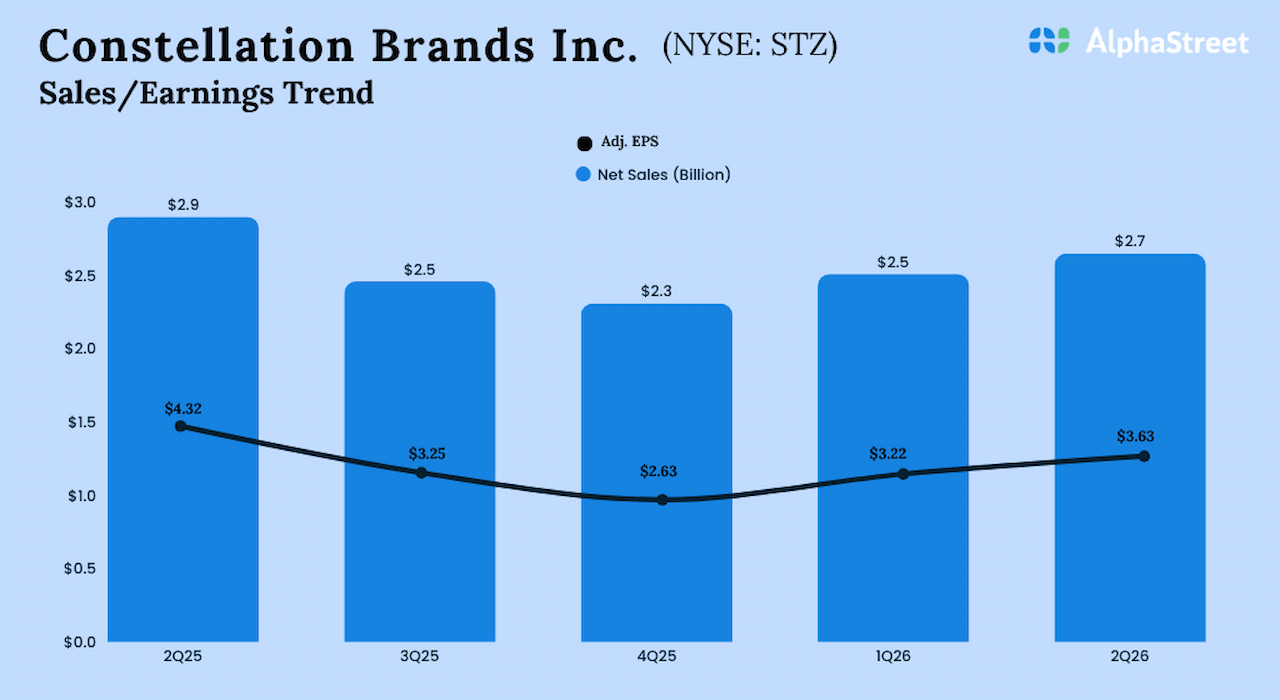Between inflation and rising fuel prices, it’s no secret that your dollar isn’t going as far as it once did. Today, the Social Security Administration released a figure illustrating how far consumers’ purchasing power has decreased — and how it’s done so in record fashion.
The SSA announced that its annual cost-of-living adjustment, or COLA, is 8.7%. That’s the largest cost-of-living increase in more than 40 years. For most Social Security beneficiaries, this adjustment translates to an average of $140 or more per month starting in January, according to an SSA press release.
“Medicare premiums are going down and Social Security benefits are going up in 2023, which will give seniors more peace of mind and breathing room,” Kilolo Kijakazi, acting commissioner of the Social Security Administration, said in the press release.
What are COLAs and CPIs?
The Social Security Administration uses annual COLAs to increase, if necessary, its beneficiaries’ monthly payments to align with the real-world costs of goods and services. In addition, the administration has used COLAs since the 1970s to ensure both Social Security and Supplemental Security Income payments keep up with inflation.
To understand COLAs, it helps to know about another acronym: CPI. The overall Consumer Price Index is calculated monthly by the U.S. Bureau of Labor Statistics and measures the average change in prices that consumers are paying for goods and services like food, fuel and medical care.
The Social Security Administration bases each cost-of-living adjustment on one specific index under the CPI umbrella — the Consumer Price Index for Urban Wage Earners and Clerical Workers. Put simply, the index shows how prices may have increased, and the COLA helps consumers compensate for those higher prices.
The BLS released the latest CPI report this morning, before the SSA’s announcement. The CPI report shows an 8.2% increase in the cost of consumer goods in the 12-month period ending September 2022.
Past COLA figures compared with today’s
The last COLA, announced in December 2021, was 5.9%. The COLA announced today is 8.7%.
Since the SSA began issuing COLAs in 1975, the highest adjustments were in 1980 (14.3%) and in 1981 (11.2%). Since then, adjustments have remained in the single digits.
One of the other highest COLAs was in 2008, during the Great Recession. That year’s COLA was 5.8%.
How to weather the rising costs of living
Whether you’re a Social Security beneficiary or not, the latest COLA increase illustrates how inflation affects spending power acutely. While there’s no easy fix to inflation, there are steps you can take to keep as much money as possible in your pocket.
For example, prioritize paying down debts with high-interest rates, such as payday loans.
And make sure you’re aware of your spending, says Travis Tracy, a certified financial planner and the founder of Fortitude Financial Planning in Durham, North Carolina.
“It all comes back to cash flow,” Tracy says. “That’s what I work on with my clients: sitting down and seeing where everything’s going.”
Review your bank statements to see past expenses, or download a budget app that automatically tracks your spending.
If fuel is a significant expense, consider using a gas app to find the cheapest fuel in your area. Tracy also recommends clustering weekly errands on one or two days to reduce fuel spending.
If you’re having to decide which bills to cover, make sure you’re paying as little as possible for the services you need. Pick up the phone and call the companies behind the bills you pay, and politely request to have your bills lowered, paused or deferred.
You can also call 211 or visit 211.org for assistance related to housing, food, health care and other essential services.
















